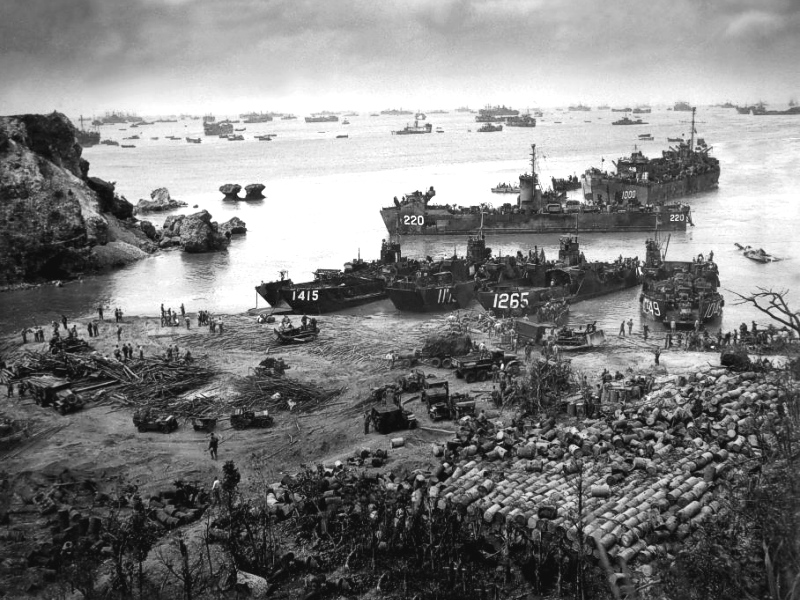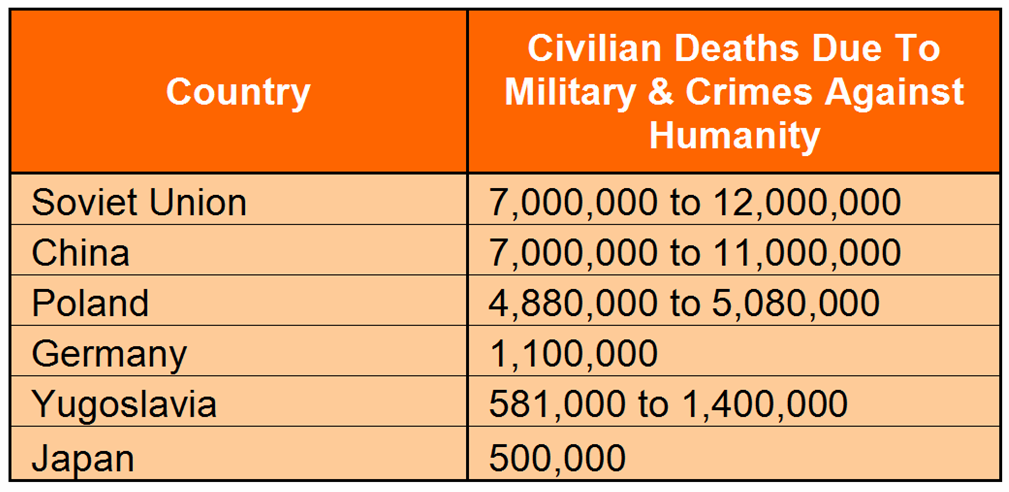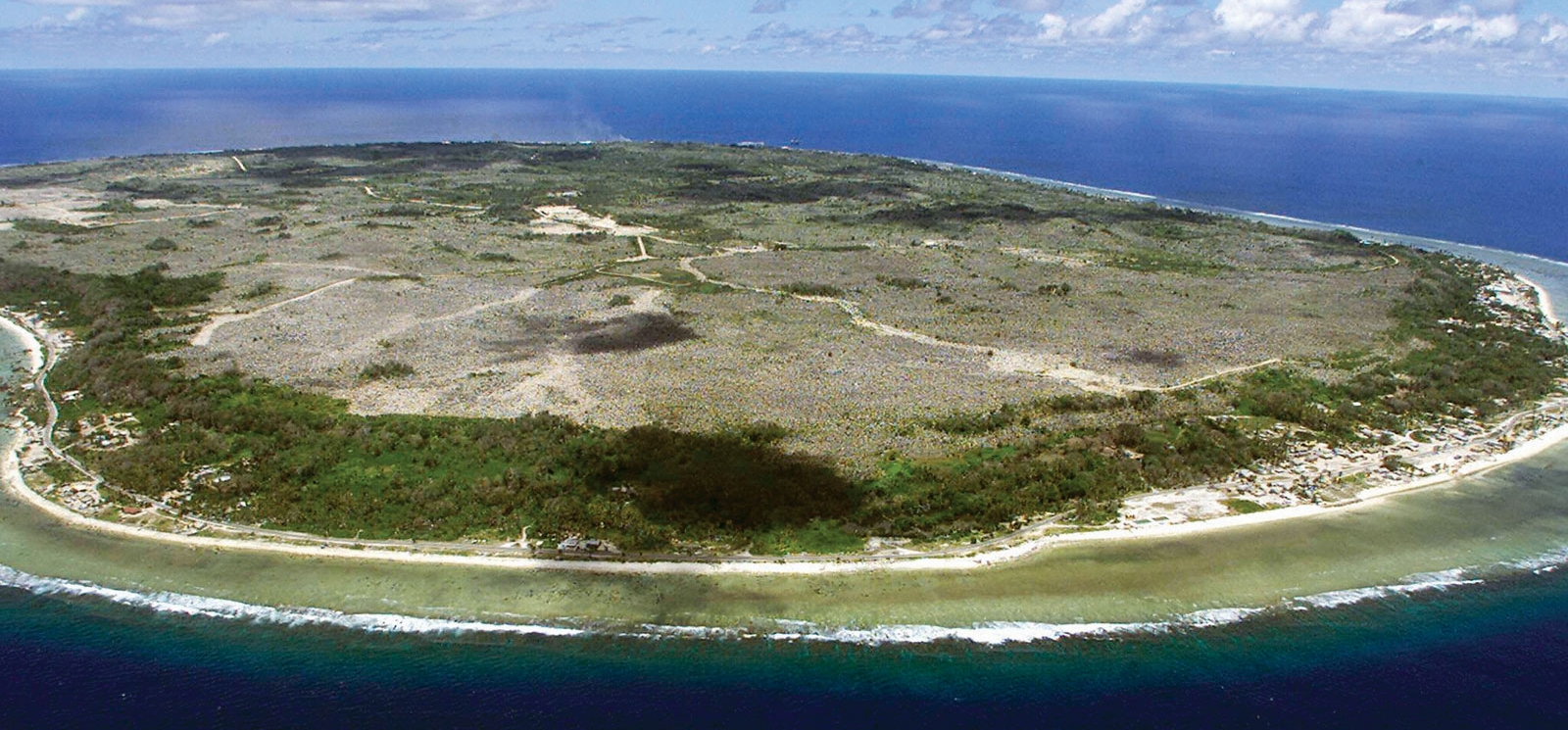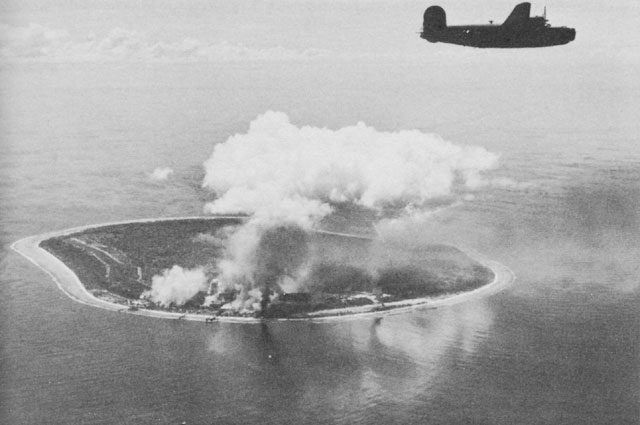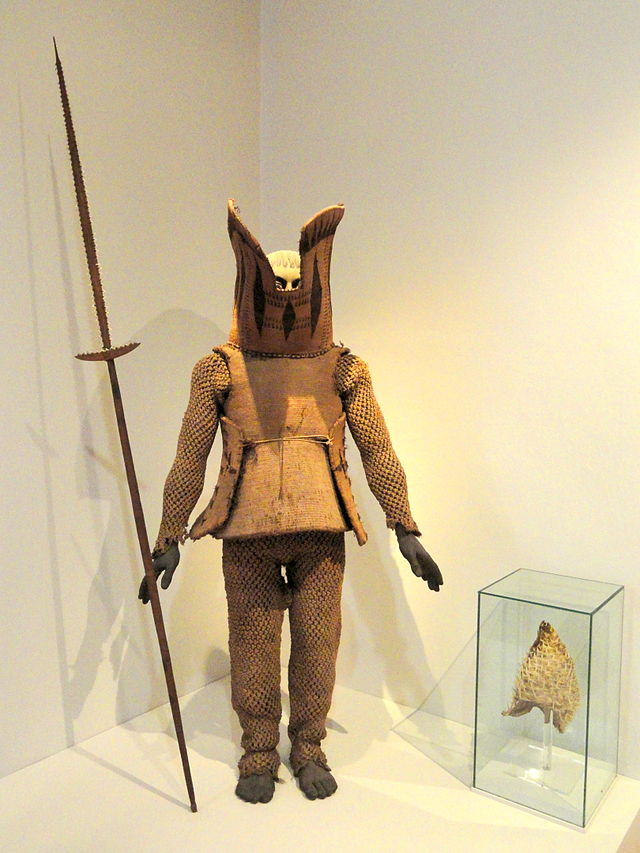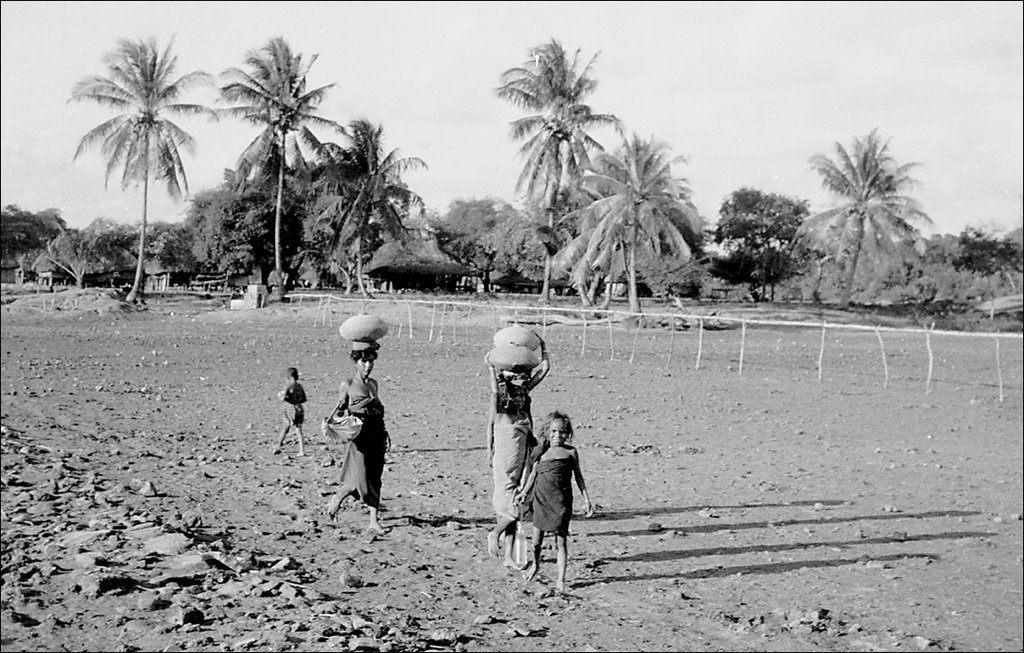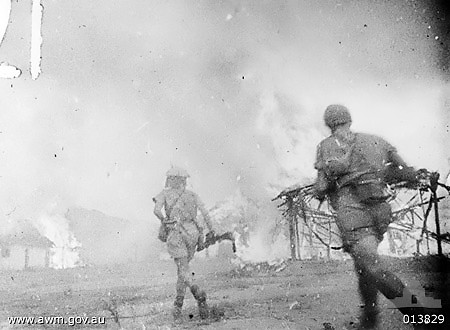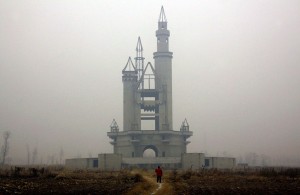WWII: Some Interesting Death Toll Statistics
I wrote a post the other day with some random graphs and infographics, three of which were about the nationalities of World War II casualties. Aside from the huge numbers involved I was quite surprised by the countries which were most effected by the tragedies of this war. It didn’t match up with the mental picture I was given during school history classes.
WWII was the deadliest military conflict in history, 60 million people died in all which was 2.5% of the entire world’s population at the time. And it truly was a world war.
Over all, the death count estimates for WWII vary from 60-85 million; the higher figure of 85 million is given if we include deaths from war-related disease and famine. Whichever number you choose it’s utterly awful.
Using the lower number of 60 million I did some very basic and depressing calculations. If you spread the number of deaths evenly over the 6 years of fighting, more than 17,000 people died every single day; that’s more than 700 an hour and around 12 per second. For 24 hours a day. Hideous.
I’m sure I don’t need to remind you that wars are a bad thing though. This article is geared more towards anomalies and the numbers of deaths per country; I must admit I didn’t expect some of these figures.
So if we look at the top 6 countries, as far as military deaths are concerned, what do we see? Here’s the spread…
The Soviet Union were hit the hardest as far as pure numbers go. However the mention the Russians get in British and American textbooks certainly doesn’t reflect that. I’m no history buff, but the Chinese losses were a surprise to me. They certainly don’t get much of a mention.
There had been no love lost between the Chinese and Japanese people for many years; WWII sort of rolled into the Second Sino-Japanese War that was already brewing. The US of A bunged a load of cash at China to help improve its badly trained and disloyal troops in the war against Japan that the US wanted to win from afar.
Due to logistical, ideological and other reasons US pulled its aid out of China as they became less important in the battle; China looked like it was in the poop. Against all odds China fought valiantly against the Japanese army, holding off deadly waves of violence.
Then came Hiroshima and three days later Stalin declared war on Japan. These events finally liberated China from the Japanese. For a while any way.
Here’s a table of civilian deaths due to military action and crimes against humanity. Once again Russia and China did not fare very well at all.
This last chart shows country’s losses as a percentage of total population. So it’s not a true figure of totals of course, but it throws up some intriguing anomalies. Poland lost big time with over one sixth of the population perishing during WWII…
Here’s a couple of words on the anomalies…
Nauru
The first surprising entry is Nauru who lost a brutally substantial amount of their small population. Nauru is a tiny 21 square kilometre speck of land far, far off the northeasterly tip of Australia. Its nearest neighbour is Kiribati some 300 km away.
The original name of the island was Pleasant Island which is the complete opposite of what the island became during WWII.
In the late 19th century Germany annexed the island for its rich quantity of phosphorous which they wanted to get their hands on for munitions and fertilizer. During WWI Australian troops captured the island and eventually handed it over to Great Britain to “look after”.
When WWII rocked up Japan hijacked the island and treated its inhabitants awfully. On one occasion 39 leprosy sufferers were taken out to sea in a boat and unceremoniously sunk.
The Japanese built an air strip that was consequently bombed by the allies. Nauru prisoners were taken by the Japanese to work as laborers in the Chuuk islands which the Japanese were using as a naval headquarters. Here’s Nauru being bombed, it hardly seems worth it does it?:
Nauru was finally set free from the Japanese on 13 September 1945, when Captain Solda, the commander of all the Japanese troops on Nauru, surrendered the island to the Royal Australian Navy and Army. Those sent to the Chuuk islands were later returned.
Nauru became self-governing in January 1966 and on 31 January 1968, following a two-year constitutional convention, Nauru became the world’s smallest independent republic.
As its natural reserves of phosphate dwindled Nauru was left by the superpowers that had raped it. Nauru appealed to the international court for compensation for the environmental wasteland that it had become. Australia offered Nauru an out-of-court settlement of A$2.5 million annually for 20 years. New Zealand and the UK additionally agreed to pay a one-time settlement of $12 million each. Nauru is now bankrupt.
This is an aside, but here’s what their traditional armour looks like. Yeah, pretty cool:
Portuguese Timor
The second surprise entry in the table above is Portuguese Timor. This section of Timor was owned by Portugal who remained neutral during WWII. Despite their neutrality, Australian, British and Dutch troops occupied the land expecting a Japanese invasion.
The Japanese entered Timor regardless and overran Aussie and Dutch regions with comparative ease. The allies were mostly capture but a small band of escapees known as the Sparrow Force went underground and waged a fairly effective guerrilla war despite being ill equipped. Here they are burning a Timorese village to the ground to prevent the Japanese using it as a base:
The allies were assisted by the Portuguese and Timorese and with their powers combined they prevented thousands of Japanese troops from being deployed somewhere more strategically important.
The Japanese suffered heavy losses and when the allies were eventually evacuated, they punished the now helpless Timorese without mercy.
Timor was left in tatters. Economically ruined and rife with famine. After the war the Portuguese reclaimed the east of Timor and the west went back to Indonesia. No happy ending.
–x–
A war as expansive and all encompassing as WWII will always have mysteries and surprises to anyone who reads around the edges. I know very little history, I know very little geography, but with every new mouthfull of knowledge I feel slightly less dimmer and an unhealthy portion sadder.

